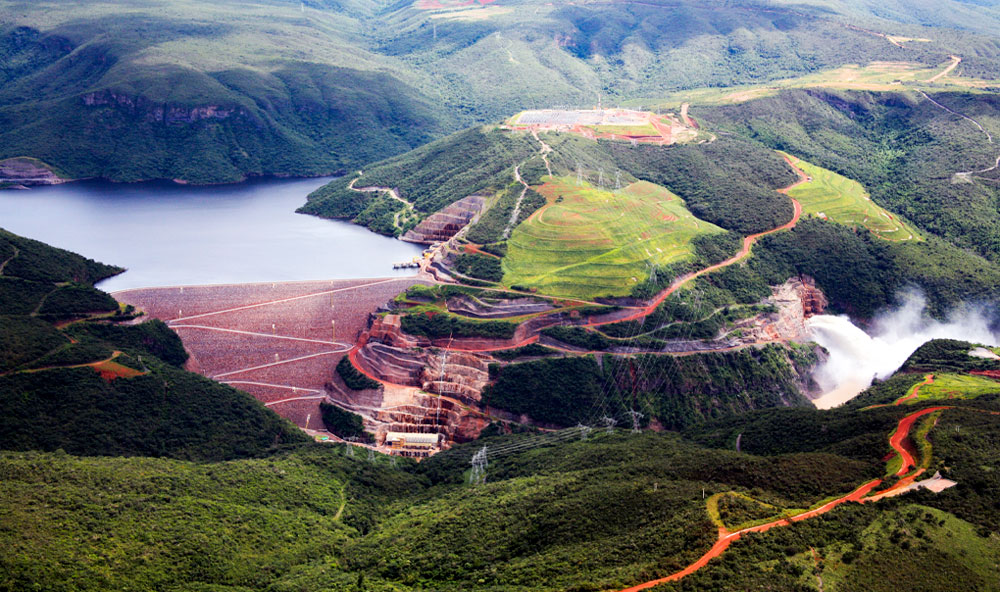
THE ROLE OF HYDROELECTRIC POWER PLANTS AS GUARANTORS FOR SOLAR AND WIND EXPANSION
In a future scenario that tends to register a sharp expansion of energy generation from sources considered variable or intermittent, such as solar and wind, the hydroelectric facility installed in Brazil will be increasingly important, ensuring that solar panels and wind towers can continue to be part of Brazilian energy planning in the future.
The assessment was made by Rafael Kelman, managing partner of PSR, at the meeting of the Energy Generation Committee of Abdib (Brazilian Association of Infrastructure and Basic Industries), on April 6, and corroborated by several businessmen and specialists who attended the meeting.
The coordinator of the Energy Generation Committee, Flávio Doehler, considered that there is currently a gap in the development of hydroelectric projects and that the Brazilian State should encourage initiatives for agents and investors interested in this type of generation, as the future lack would mean insufficient base, which is being reduced more and more.
“The non-entry of new hydroelectric power plants will not only restrict the much-desired Brazilian economic growth, but will also increase the instability of the integrated electrical system, which has expanded mainly through seasonal renewable solar and wind sources”, emphasizes Flávio.
According to Carlos Infante, Director of Business and Market Development at Intertechne, this study released by Abdib sheds light on the importance of hydroelectric energy.
”Without a doubt, the study makes it clear that the Brazilian hydroelectric facility will continue to be an important guarantor of the expansion of other renewable sources. At Intertechne we have always believed in the strength of this energy matrix, so that in the last 30 years we have developed dozens of HPPs and SHPs projects. Recently, we have also participated in power plant modernization projects aimed at re-powering them, since most of the HPPs in operation in the world have been in operation for more than 30 years. This modernization work is essential so that we can continue to explore the full potential of generating energy from these plants”, highlights Infante.





